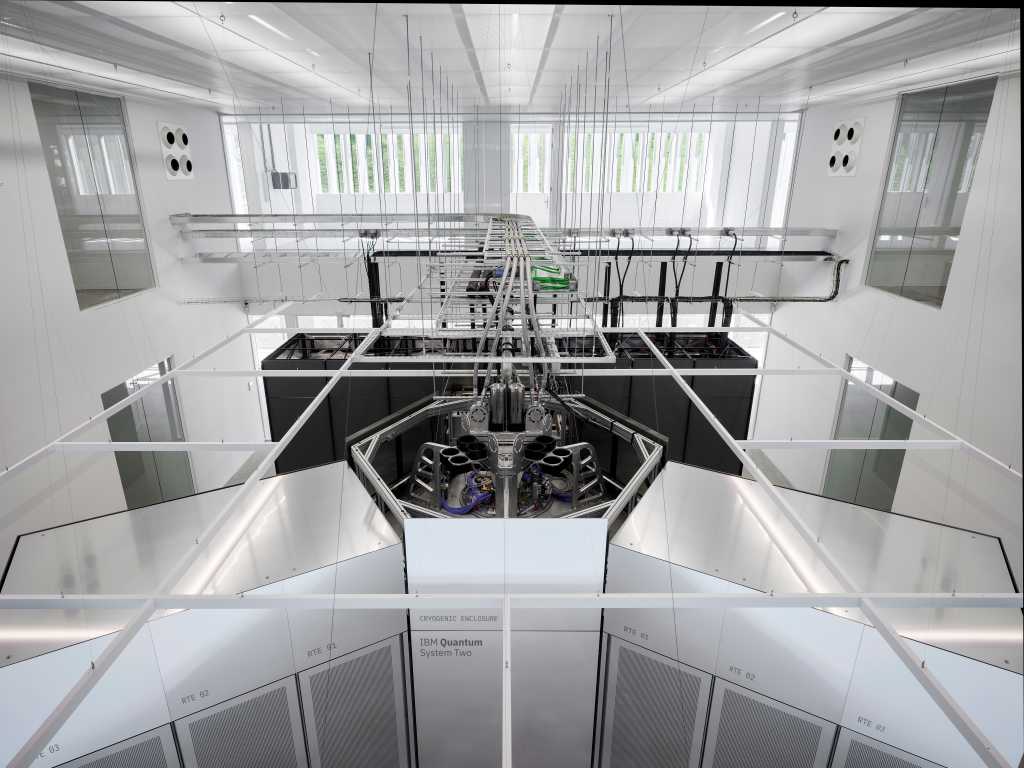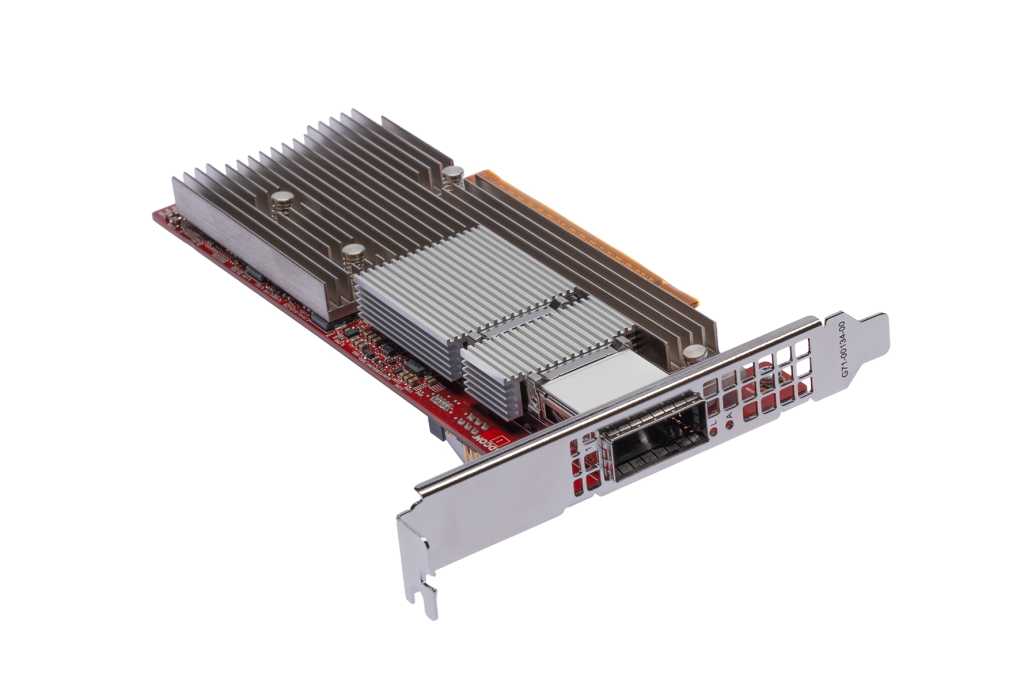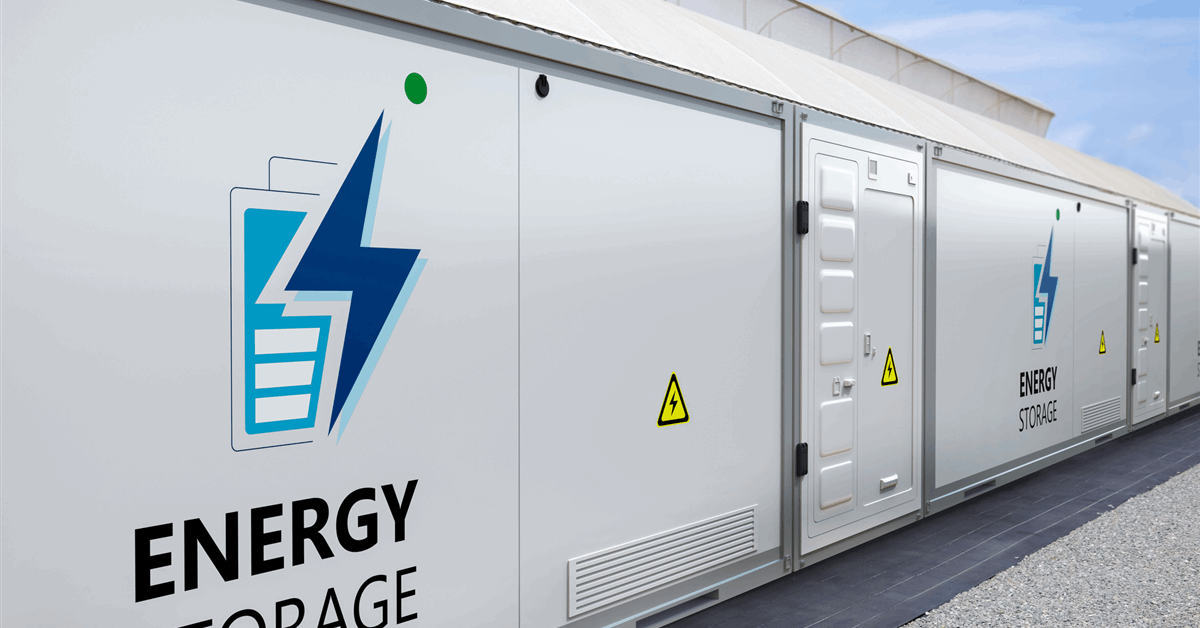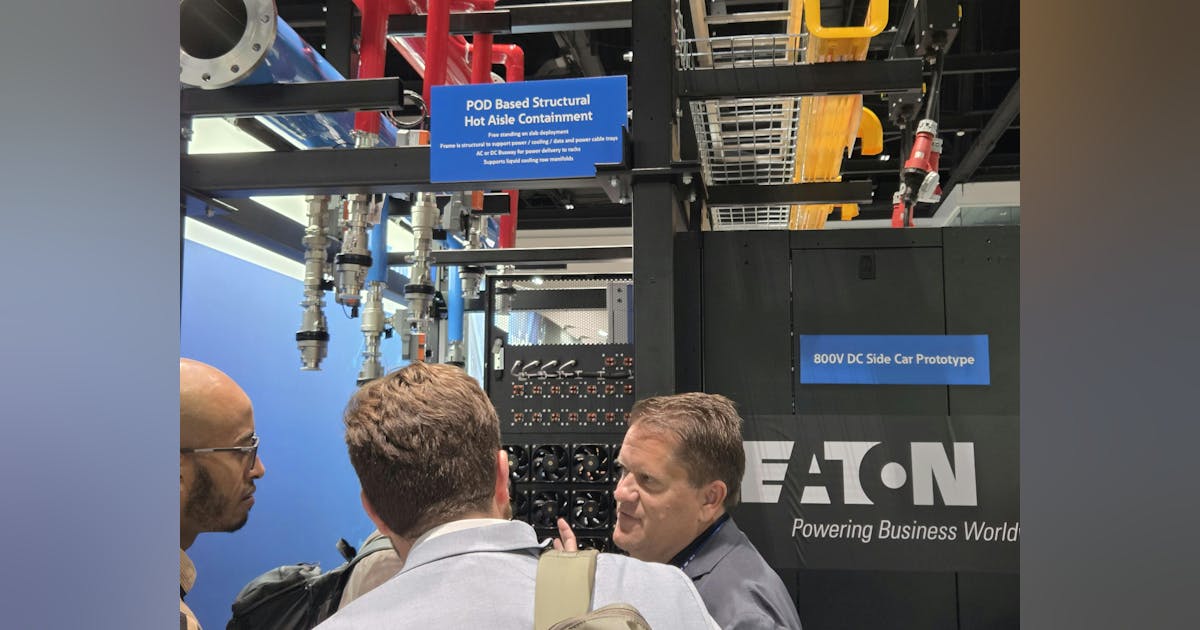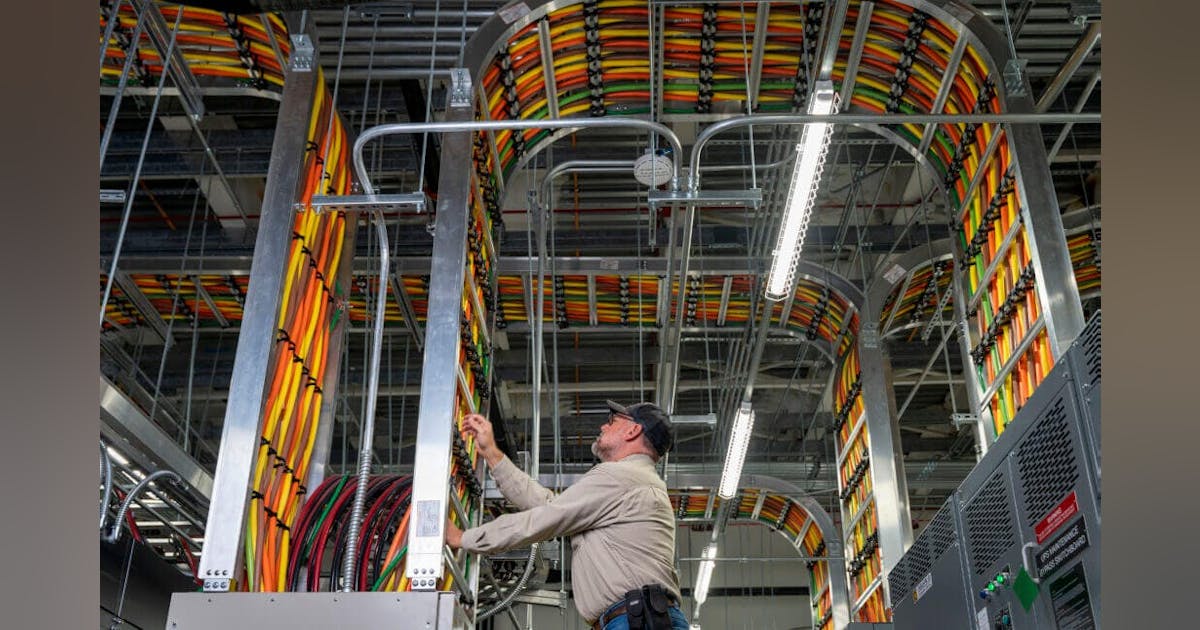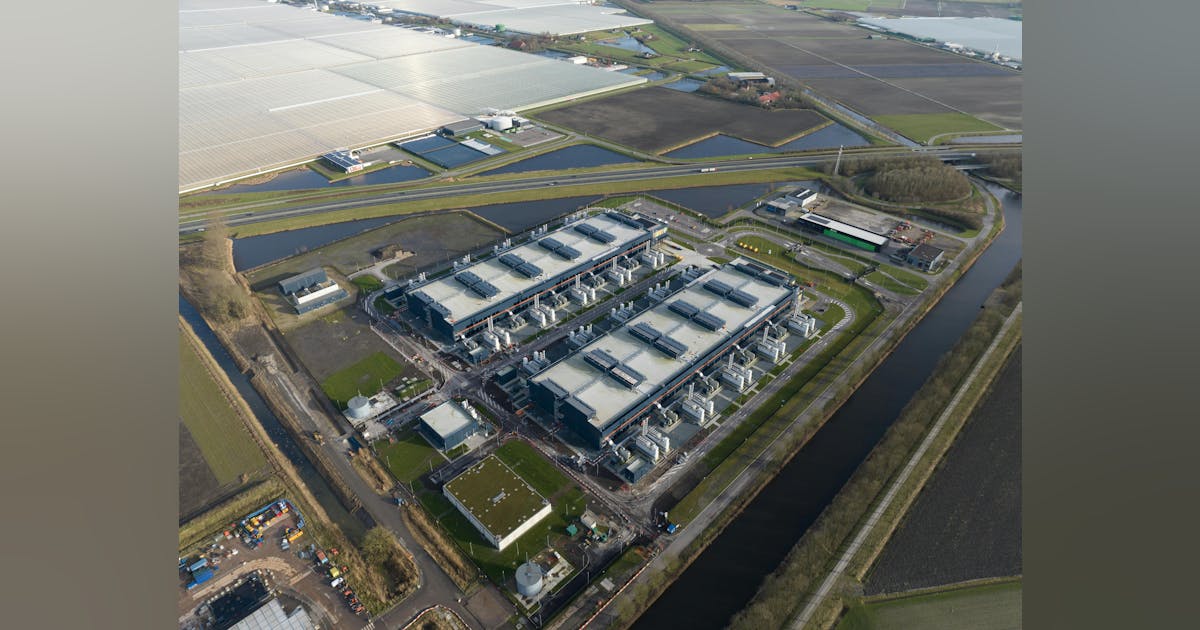In collaboration withCloudera and AWS
Artificial intelligence has always promised speed, efficiency, and new ways of solving problems. But what’s changed in the past few years is how quickly those promises are becoming reality. From oil and gas to retail, logistics to law, AI is no longer confined to pilot projects or speculative labs. It is being deployed in critical workflows, reducing processes that once took hours to just minutes, and freeing up employees to focus on higher-value work.
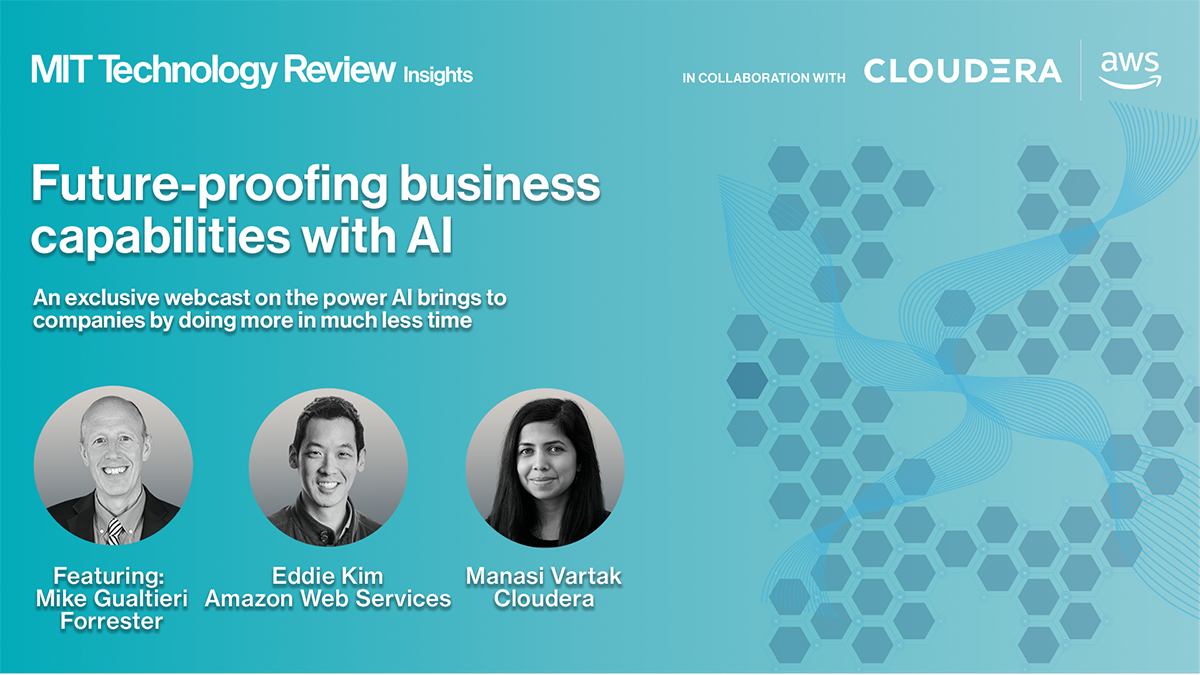
“Business process automation has been around a long while. What GenAI and AI agents are allowing us to do is really give superpowers, so to speak, to business process automation.” says chief AI architect at Cloudera, Manasi Vartak.
Much of the momentum is being driven by two related forces: the rise of AI agents and the rapid democratization of AI tools. AI agents, whether designed for automation or assistance, are proving especially powerful at speeding up response times and removing friction from complex workflows. Instead of waiting on humans to interpret a claim form, read a contract, or process a delivery driver’s query, AI agents can now do it in seconds, and at scale.
At the same time, advances in usability are putting AI into the hands of nontechnical staff, making it easier for employees across various functions to experiment, adopt and adapt these tools for their own needs.
That doesn’t mean the road is without obstacles. Concerns about privacy, security, and the accuracy of LLMs remain pressing. Enterprises are also grappling with the realities of cost management, data quality, and how to build AI systems that are sustainable over the long term. And as companies explore what comes next—including autonomous agents, domain-specific models, and even steps toward artificial general intelligence—questions about trust, governance, and responsible deployment loom large.
“Your leadership is especially critical in making sure that your business has an AI strategy that addresses both the opportunity and the risk while giving the workforce some ability to upskill such that there’s a path to become fluent with these AI tools,” says principal advisor of AI and modern data strategy at Amazon Web Services, Eddie Kim.
Still, the case studies are compelling. A global energy company cutting threat detection times from over an hour to just seven minutes. A Fortune 100 legal team saving millions by automating contract reviews. A humanitarian aid group harnessing AI to respond faster to crises. Long gone are the days of incremental steps forward. These examples illustrate that when data, infrastructure, and AI expertise come together, the impact is transformative.
The future of enterprise AI will be defined by how effectively organizations can marry innovation with scale, security, and strategy. That’s where the real race is happening.
This content was produced by Insights, the custom content arm of MIT Technology Review. It was not written by MIT Technology Review’s editorial staff. It was researched, designed, and written by human writers, editors, analysts, and illustrators. AI tools that may have been used were limited to secondary production processes that passed thorough human review.

